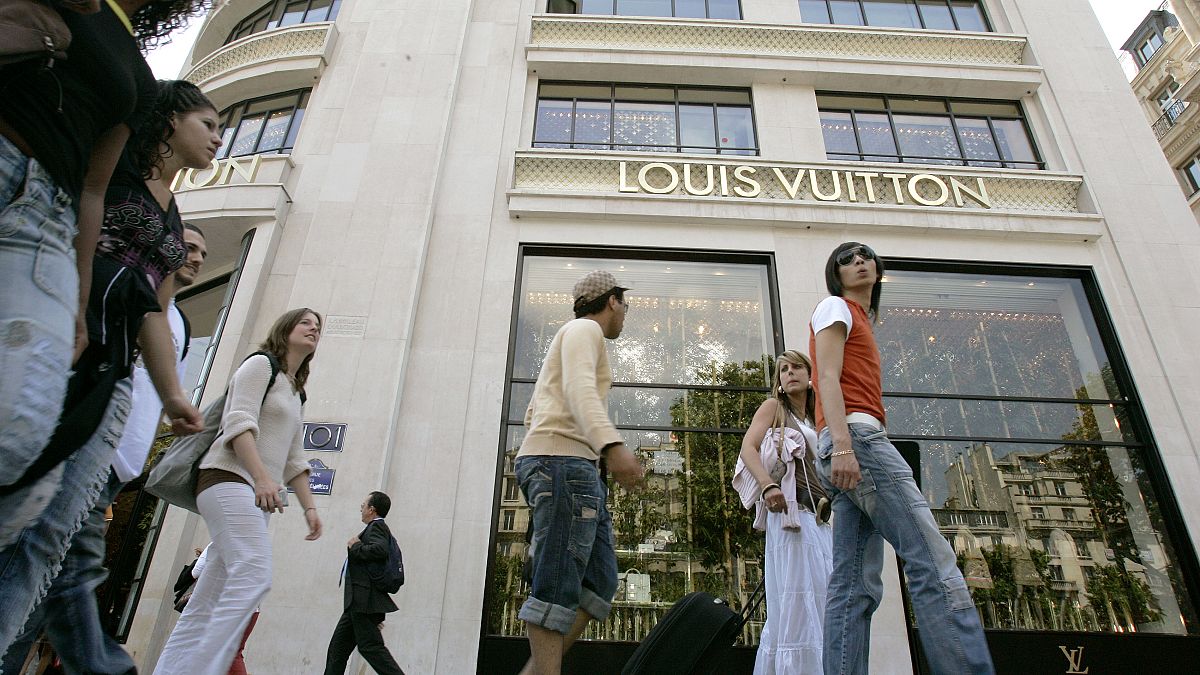Goldman Sachs shines a light on Europe’s market leaders, dubbed the ‘GRANOLAS’, echoing the ‘Magnificent Seven’ of Wall Street. With a combined market cap exceeding €2.6 trillion, these firms continue to dominate sectors and outperform in European markets.
Goldman Sachs has put a spotlight on Europe’s stock market champions with a peculiar nickname: The GRANOLAS.
The tag was inspired by the US market’s ‘Magnificent Seven’ – the tech behemoths leading Wall Street. It refers to a select group of European heavyweights, including GSK, Roche, ASML, Nestlé, Novartis, Novo Nordisk, L’Oréal, LVMH, AstraZeneca, SAP, and Sanofi.
These firms, with a towering combined market cap exceeding €2.6 trillion, have eclipsed the broader European stock market’s performance in recent years.
The rise of GRANOLAS
The GRANOLAS represent around a quarter of the STOXX 600’s market cap, and equate to the total market capitalisation of heavyweight sectors such as Energy, Basic Resources, Financials, and Automobiles.
Reflecting on the changing tides of the European market, Goldman Sachs noted a significant shift from traditional industry leaders like Telecoms and Oil two decades ago, to a diverse array of sectors today.
“Twenty years ago, at the start of 2000, the 10 biggest companies in Europe based on market cap were all Telecoms and Oil names, with the exception of HSBC. If we fast-forward to the Covid crisis, there were no Banks, Oil or Telecoms companies among the largest 10 in Europe,” Goldman Sachs’ analyst, Peter Oppenheimer, wrote in a note to clients on Monday.
In the past twelve months, the GRANOLAS have notched up over €500 billion of revenue, showcasing an 8% annual surge.
“They are a large part of the reason why European equities have performed well despite lacklustre domestic GDP,” Goldman Sachs noted.
They’ve delivered a 15% average gain over the past year, outstripping the STOXX 600’s 5% and contributing to 60% of the index’s overall growth.
Less ‘expensive’ than Magnificent Seven
The GRANOLAS are currently trading at a 20x price-to-earnings (P/E) ratio. Despite trading at a premium compared to European markets, this is standard for growth companies and stands at a 30% discount compared to the US’s ‘Magnificent Seven’, which trade at a 30x P/E.
“GRANOLAS focus on shareholder value and pay a relatively high dividend,” Goldman wrote.
At 2.5%, GRANOLAS’ average dividend yield significantly outpaces the S&P 500’s yield of 1.5% and dwarfs the Magnificent Seven’s 0.3%.
Consensus forecasts anticipate a robust growth for these compounders, with a projected 7% revenue compound annual growth rate (CAGR) until 2025.
Navigating international waters with cautions
The GRANOLAS have their fingers in some of the most promising structural themes – such as ageing population, advancements in AI and robotics, and ESG (Environmental, Social, and Governance). They shine with their hefty dividends, solid growth outlook, and extensive international reach.
Their fortunes are, however, not without risks.
With under 20% of revenues coming from Europe, their fates are intertwined with global market dynamics. Currency fluctuations, particularly a stronger euro, could hit GRANOLAS more than other domestic and smaller cap European stocks.
A market exposure of 37% to the US economy introduces tariff risks, especially if a protectionist-leaning Republican presidency led by Donald Trump wins the elections.
Yet, with considerable US-based assets, Goldman thinks GRANOLAS may weather such storms. Heavy exposure to the Chinese market by LVMH, L’Oréal, and ASML adds a complex layer of risk due to geopolitical tensions between Europe and China.
As these European giants command a large slice of the market pie, investors would do well to tread carefully. A high concentration in a few stocks could lead to a sharp correction if market sentiments shift.
In conclusion, the success story of GRANOLAS is undeniable, illustrating the prowess of Europe’s finest in the global marketarena. Yet, the very factors that make them attractive— robust dividends, strong growth forecasts, and international reach — also weave a tapestry of risks that investors must navigate with prudence.

